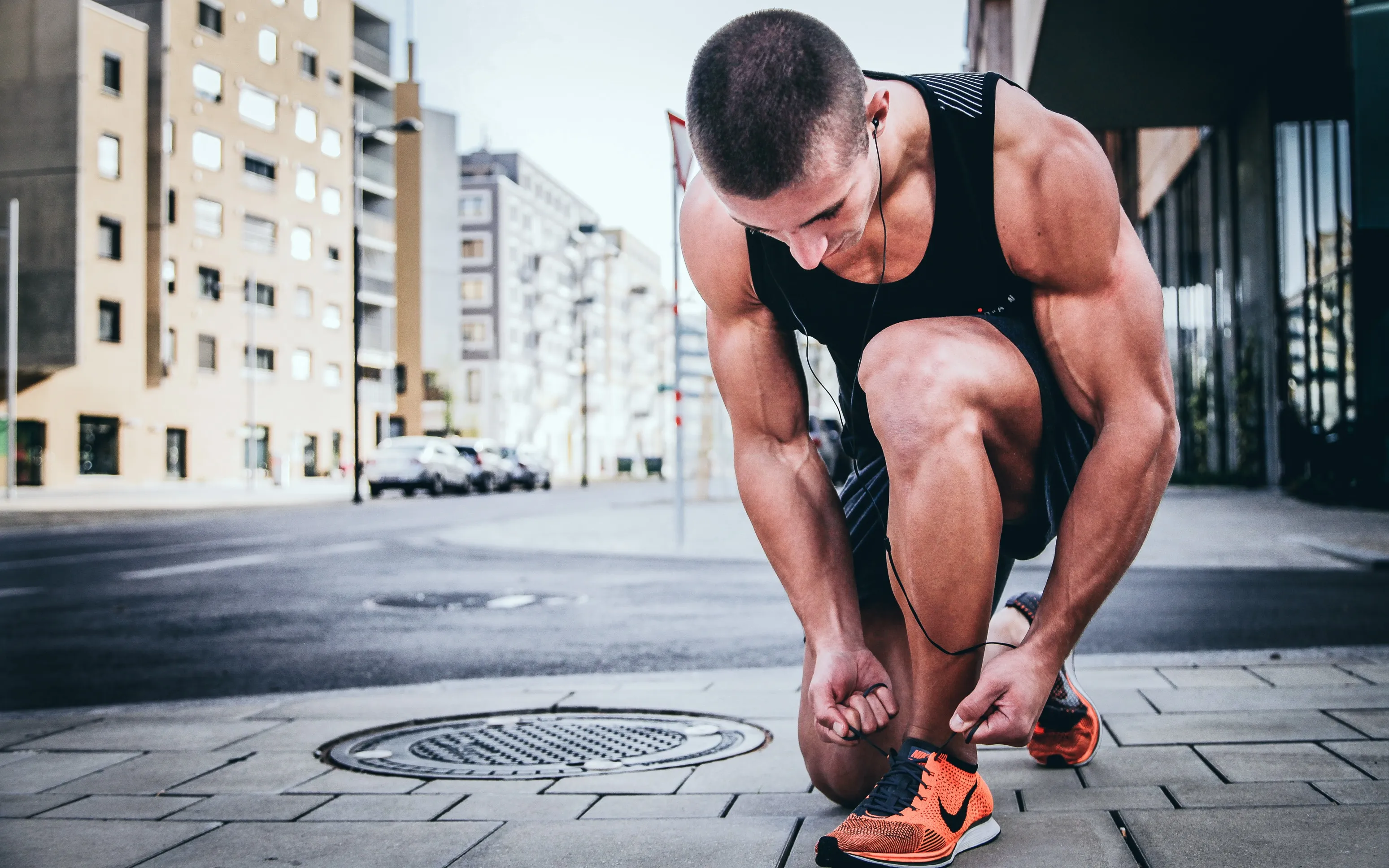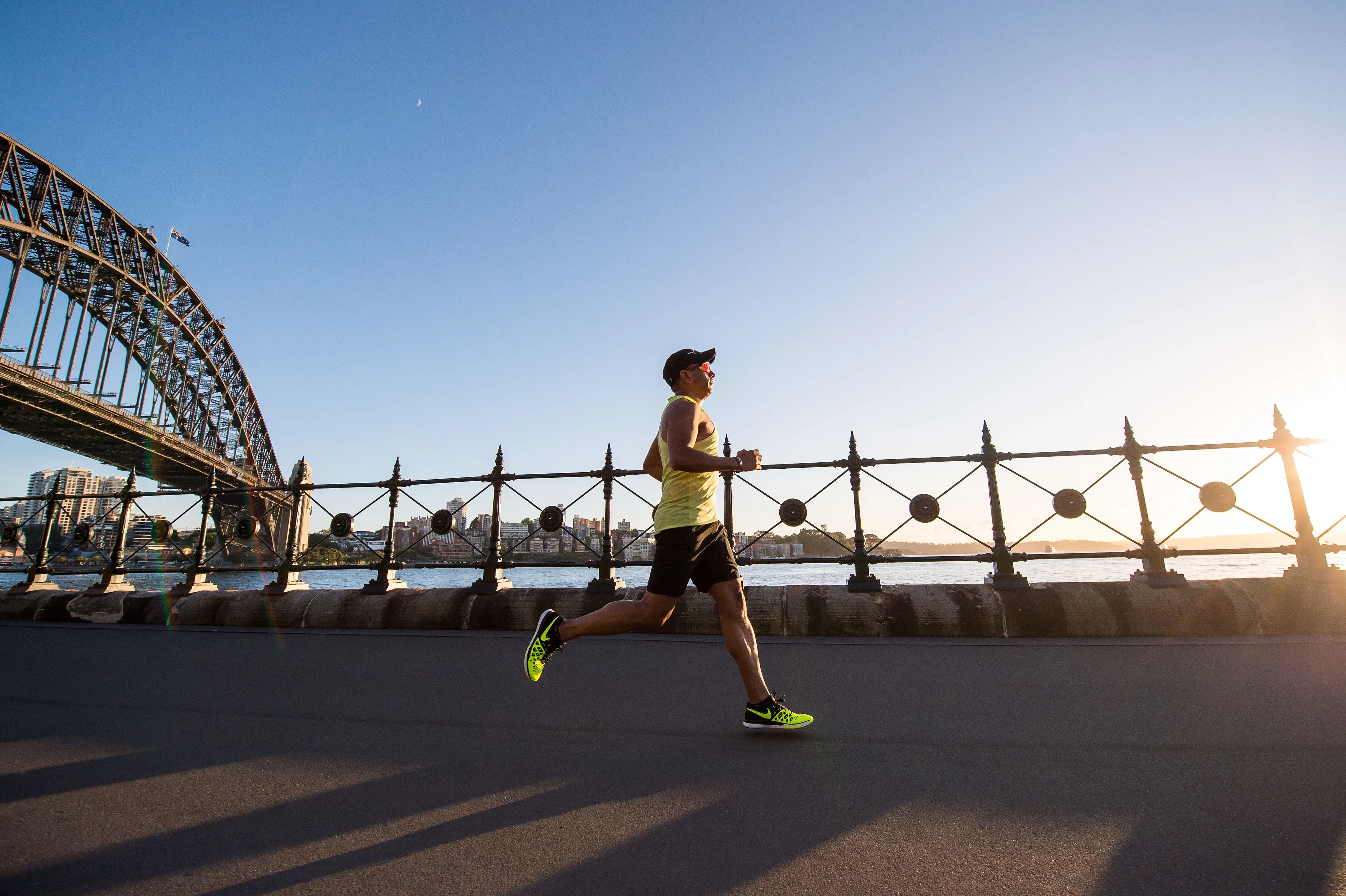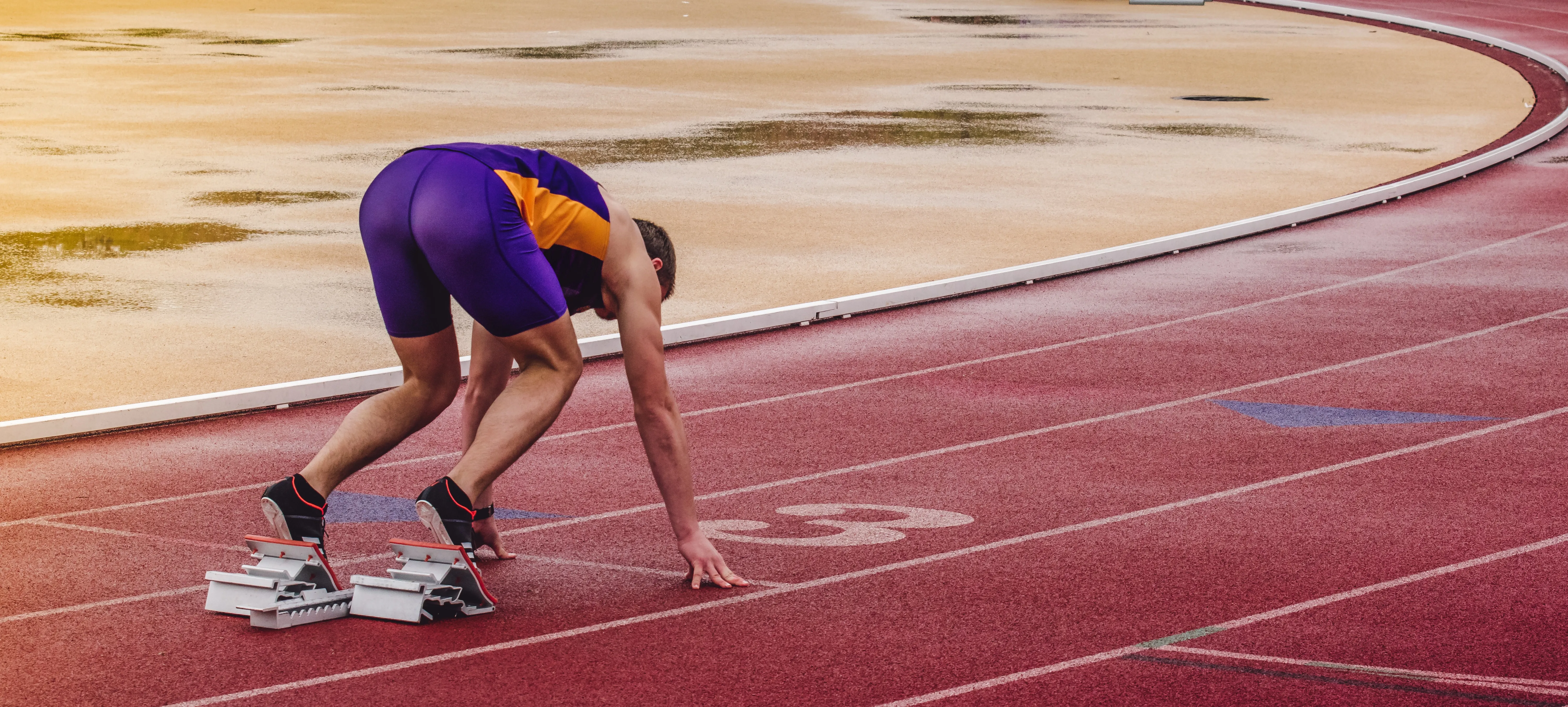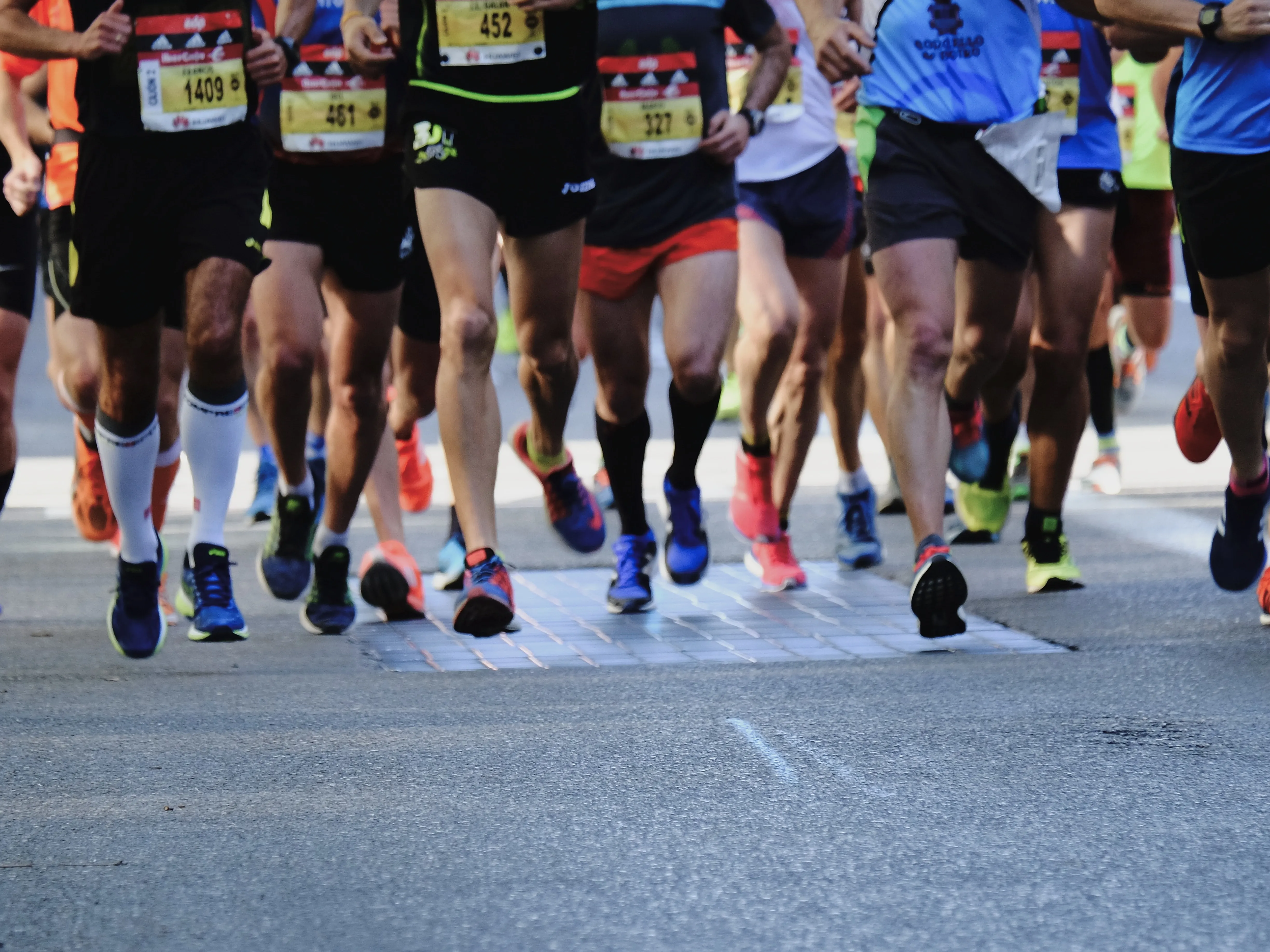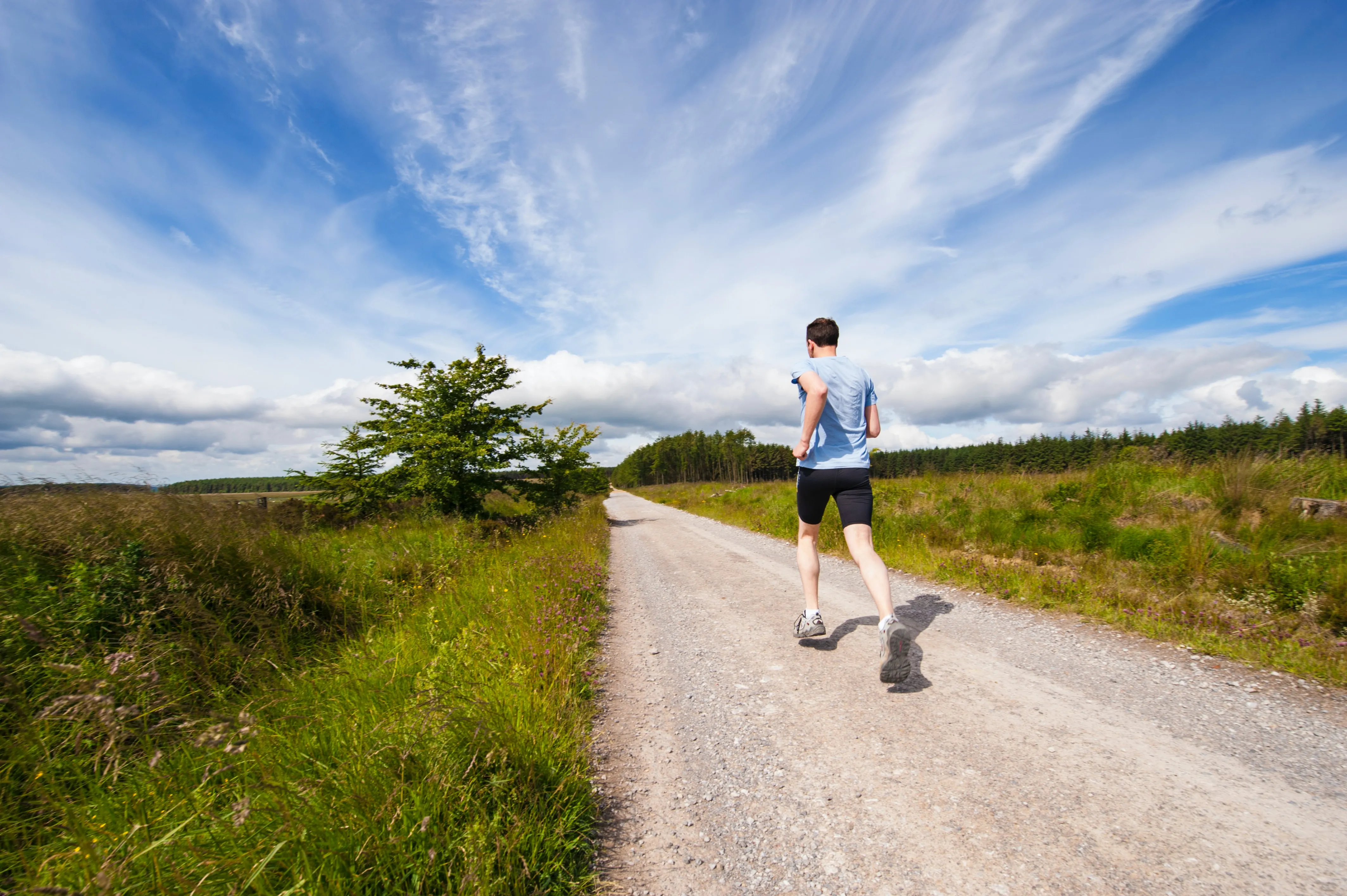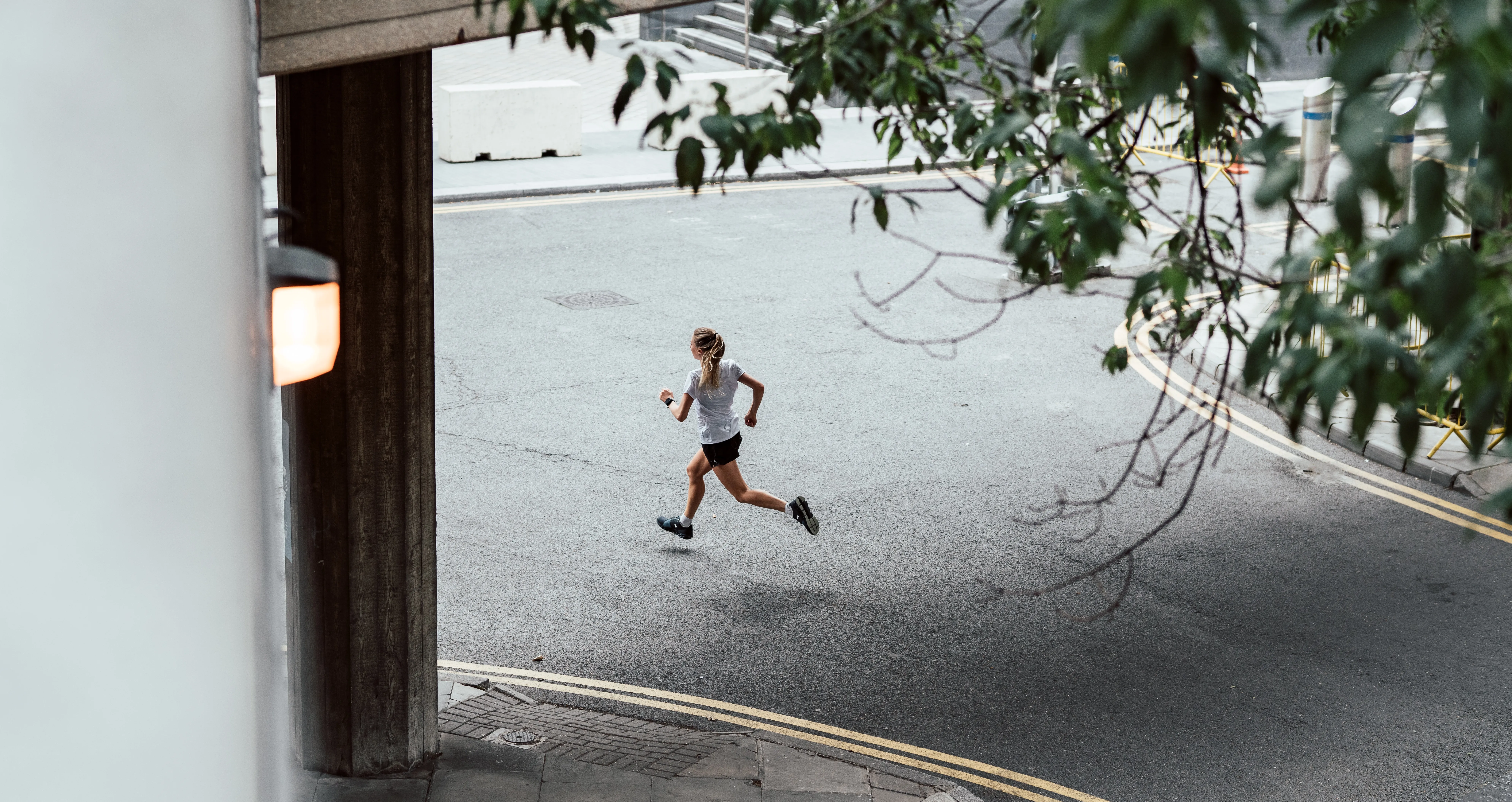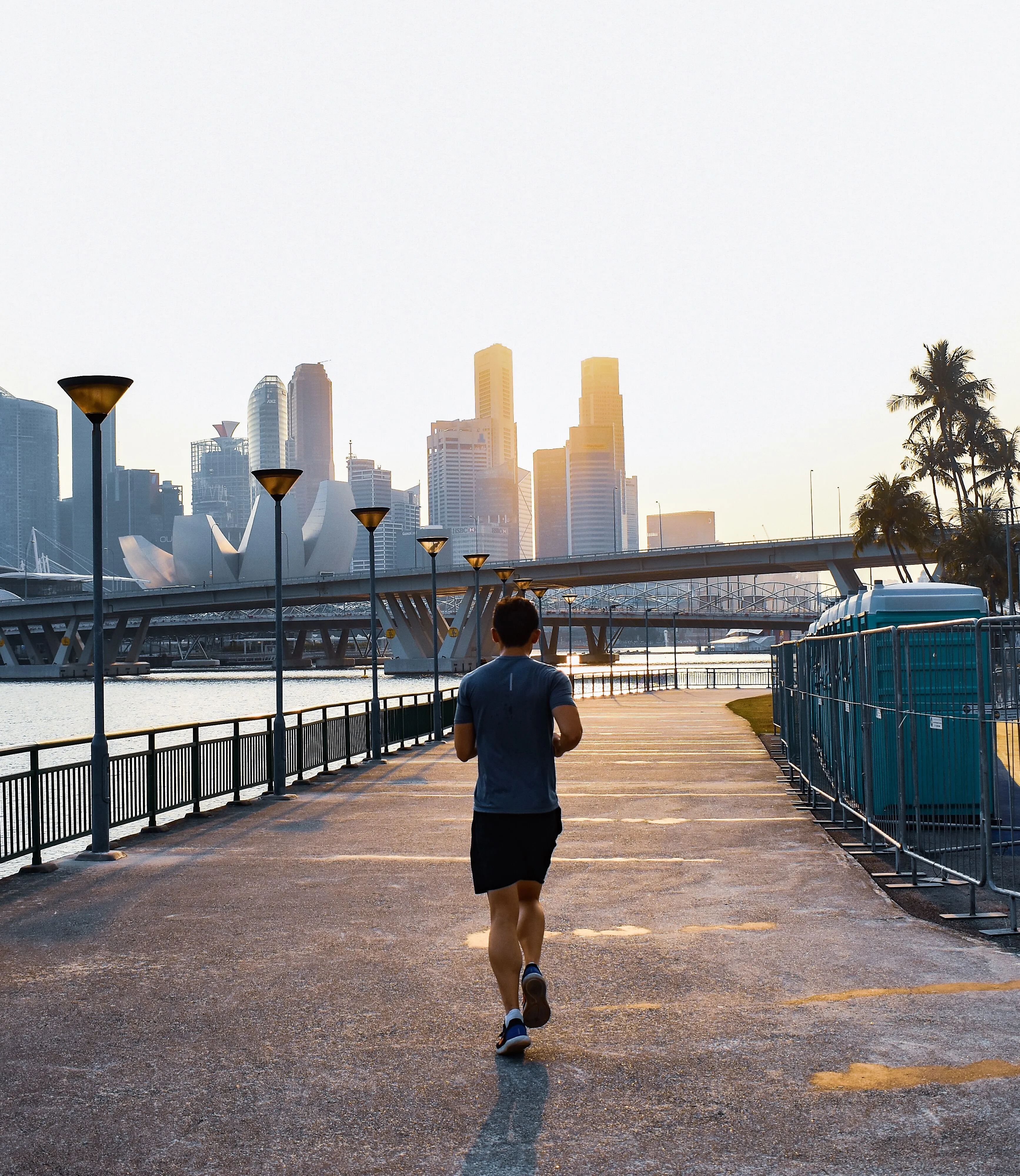
As we delve into our running journey, we tend to focus on goals like increasing distance or running faster. But there’s another vital aspect we often overlook: running cadence. Understanding the role that running cadence plays can help improve your running efficiency, speed, and reduce the risk of running-related injuries.
What is Running Cadence?
Running cadence, also referred to as stride rate, is the number of steps a runner takes per minute (SPM). It is an essential element in running biomechanics, playing a crucial role in running economy and prevention of overuse injuries.
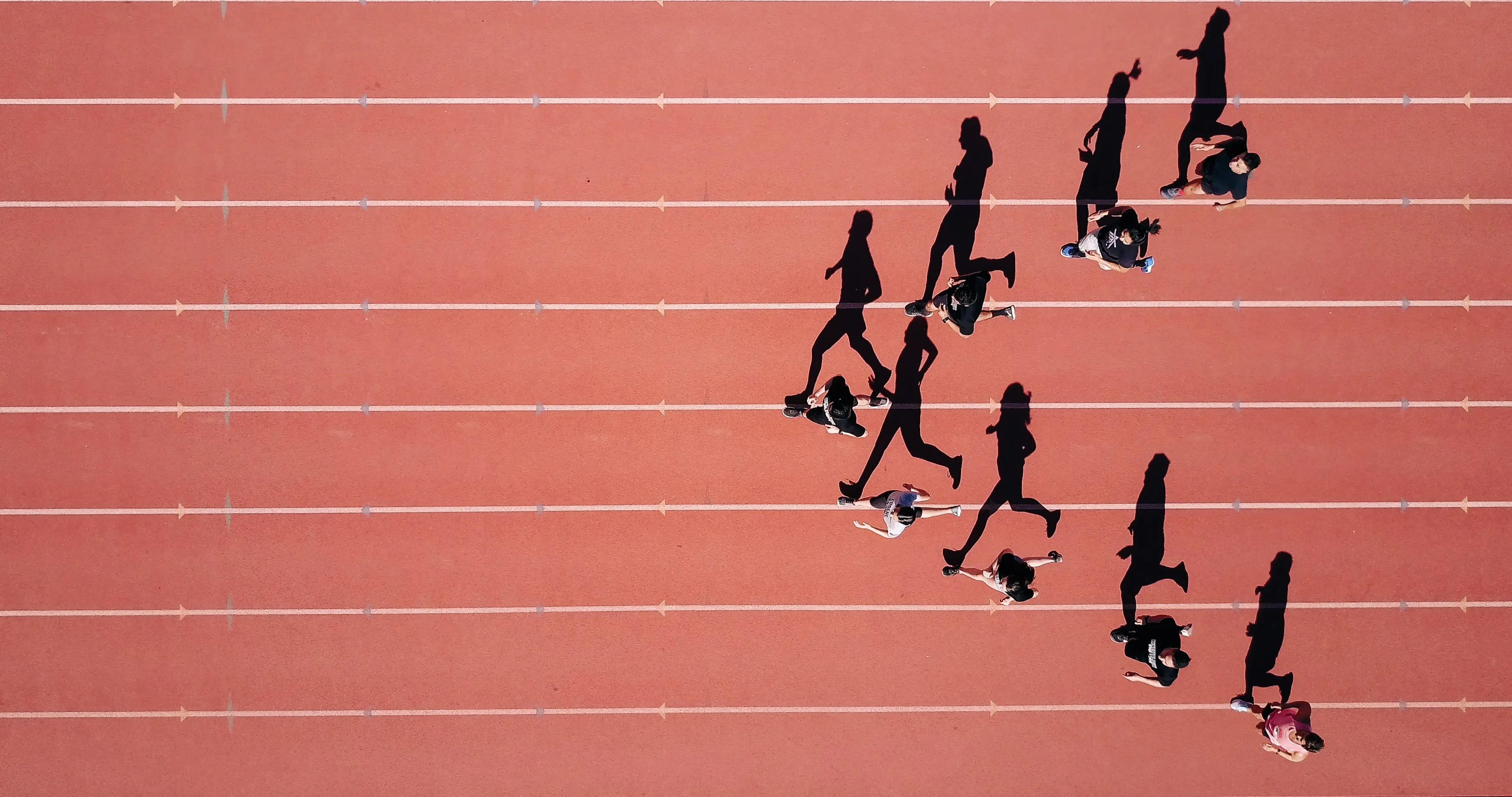
How to Calculate Your Running Cadence
Calculating your running cadence is simple. All you have to do is count how many times your right foot touches the ground within a minute, then multiply that number by two. This will give you your steps per minute (SPM). Repeat this on a few runs to get an approximate average.
Why is a High Cadence Important?
A higher cadence allows for a more efficient running form, as it naturally helps you land closer to your center of gravity, rather than out ahead of yourself. This means you’re less likely to overstride and more likely to strike the ground with your midfoot, leading to less stress on the joints, bones, and muscles, thereby reducing the risk of injury.
Optimizing Running Cadence
Most recreational runners have a cadence of 150-160 SPM, while professional athletes usually run at a cadence of 180 SPM or higher. It’s important to note that each runner is unique, so a “perfect” cadence does not exist. Aiming for a cadence blindly can prompt unnatural running mechanics.
However, if you want to improve your cadence, consider the following tips:
-
Use a Metronome: Set a metronome to your desired stride rate and try to match your footsteps to the beat. There are numerous running apps with built-in metronomes you can use.
-
Shorter Strides: Shortening your strides can naturally increase your cadence. This also makes it easier to land on the midfoot or forefoot, reducing the impact on the knees.
-
Run to the Beat: Create playlists with songs that match your targeted cadence. The rhythm of the music can help guide your stride rate.
Remember, gradually increase your cadence to prevent injury. A sudden change in running mechanics can be an injury risk.
Conclusion
While running cadence isn’t the only factor in effective running, it certainly plays a significant role. Knowing your cadence, with an eye towards gradual improvement, could help you run faster and remain injury-free. Keep in mind that the ideal cadence differs for everyone, so it’s critical to listen to your body and find what works best for you.
